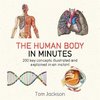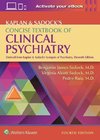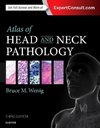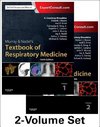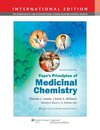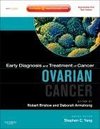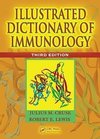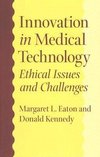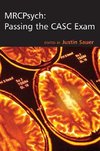
-
 Anglický jazyk
Anglický jazyk
IARC Group 1 carcinogens
Source: Wikipedia. Pages: 159. Chapters: Beryllium, X-ray, Silicon dioxide, Arsenic, Sulfur mustard, Tobacco smoking, Formaldehyde, Cadmium, Sunlight, Areca nut, Gallium arsenide, Polychlorinated dibenzodioxins, Coal tar, Ciclosporin, Aflatoxin, Alcohol... Viac o knihe
Na objednávku, dodanie 2-4 týždne
31.24 €
bežná cena: 35.50 €
O knihe
Source: Wikipedia. Pages: 159. Chapters: Beryllium, X-ray, Silicon dioxide, Arsenic, Sulfur mustard, Tobacco smoking, Formaldehyde, Cadmium, Sunlight, Areca nut, Gallium arsenide, Polychlorinated dibenzodioxins, Coal tar, Ciclosporin, Aflatoxin, Alcohol and cancer, Ethylene oxide, Asbestos, Alcoholic beverage, Benzene, Helicobacter pylori, Tamoxifen, Gamma ray, Opisthorchis viverrini, Diethylstilbestrol, Vinyl chloride, Aristolochia, Epstein-Barr virus, Paan, Hexavalent chromium, Arsenic trioxide, Arsine, Cadmium sulfide, Cyclophosphamide, Soot, Potassium dichromate, Nickel tetracarbonyl, Chrysotile, Azathioprine, Nickel(II) chloride, Neutron radiation, Cadmium oxide, Erionite, Beryllium oxide, Pyridinium chlorochromate, List of IARC Group 1 carcinogens, Nickel(II) sulfate, Cadmium chloride, Busulfan, Cadmium iodide, Nickel(II) oxide, Benzidine, Methoxsalen, ThioTEPA, Arsenic pentoxide, Nickel(II) carbonate, Melphalan, Chlorambucil, Nickel(II) nitrate, 2-Naphthylamine, 4-hydroxycyclophosphamide, N-Nitrosonornicotine, 4-Aminobiphenyl, Chlornaphazine, Chloromethyl methyl ether, Anprolene, Mustargen Oncovin Procarbazine Prednisone, Ammonium arsenate, Bis(chloromethyl) ether, Treosulfan, Semustine, NNK. Excerpt: Alcohol is associated with an increased risk of a number of cancers. 3.6% of all cancer cases and 3.5% of cancer deaths worldwide are attributable to consumption of alcohol. Breast cancer in women is linked with alcohol intake. Alcohol also increases the risk of cancers of the mouth, esophagus, pharynx and larynx, colorectal cancer, liver cancer, stomach and ovaries. Australia: A 2009 study found that 2,100 Australians die from alcohol-related cancer each year. Europe: A 2011 study found that one in 10 of all cancers in men and one in 33 in women were caused by past or current alcohol intake. The International Agency for Research on Cancer (Centre International de Recherche sur le Cancer) of the World Health Organization has classified alcohol as a Group 1 carcinogen. Its evaluation states, "There is sufficient evidence for the carcinogenicity of alcoholic beverages in humans. ...Alcoholic beverages are carcinogenic to humans (Group 1)." Acetaldehyde is produced by the liver as it breaks down ethanol. The liver then normally eliminates 99% of the acetaldehyde. An average liver can process 7 grams of ethanol per hour. For example, it takes 12 hours to eliminate the ethanol in a bottle of wine, giving 12 hours or more of acetaldehyde exposure. A study of 818 heavy drinkers found that those who are exposed to more acetaldehyde than normal through a defect in the gene for alcohol dehydrogenase are at greater risk of developing cancers of the upper gastrointestinal tract and liver. In a review, Pöschl and Seitz list some possible mechanisms of alcohol as a carcinogen: Purohita et al. propose an overlapping list: Boffetta and Hashibe list plausible mechanisms as including: Individuals who both smoke and drink are at a much higher risk of developing mouth, tracheal, and esophageal cancer. Research has shown their risk of developing these cancers is 35 times higher than in individuals who neither smoke nor drink. This evidence may suggest that there is a cocarcinogenic intera
- Vydavateľstvo: Books LLC, Reference Series
- Rok vydania: 2011
- Formát: Paperback
- Rozmer: 246 x 189 mm
- Jazyk: Anglický jazyk
- ISBN: 9781157604198
